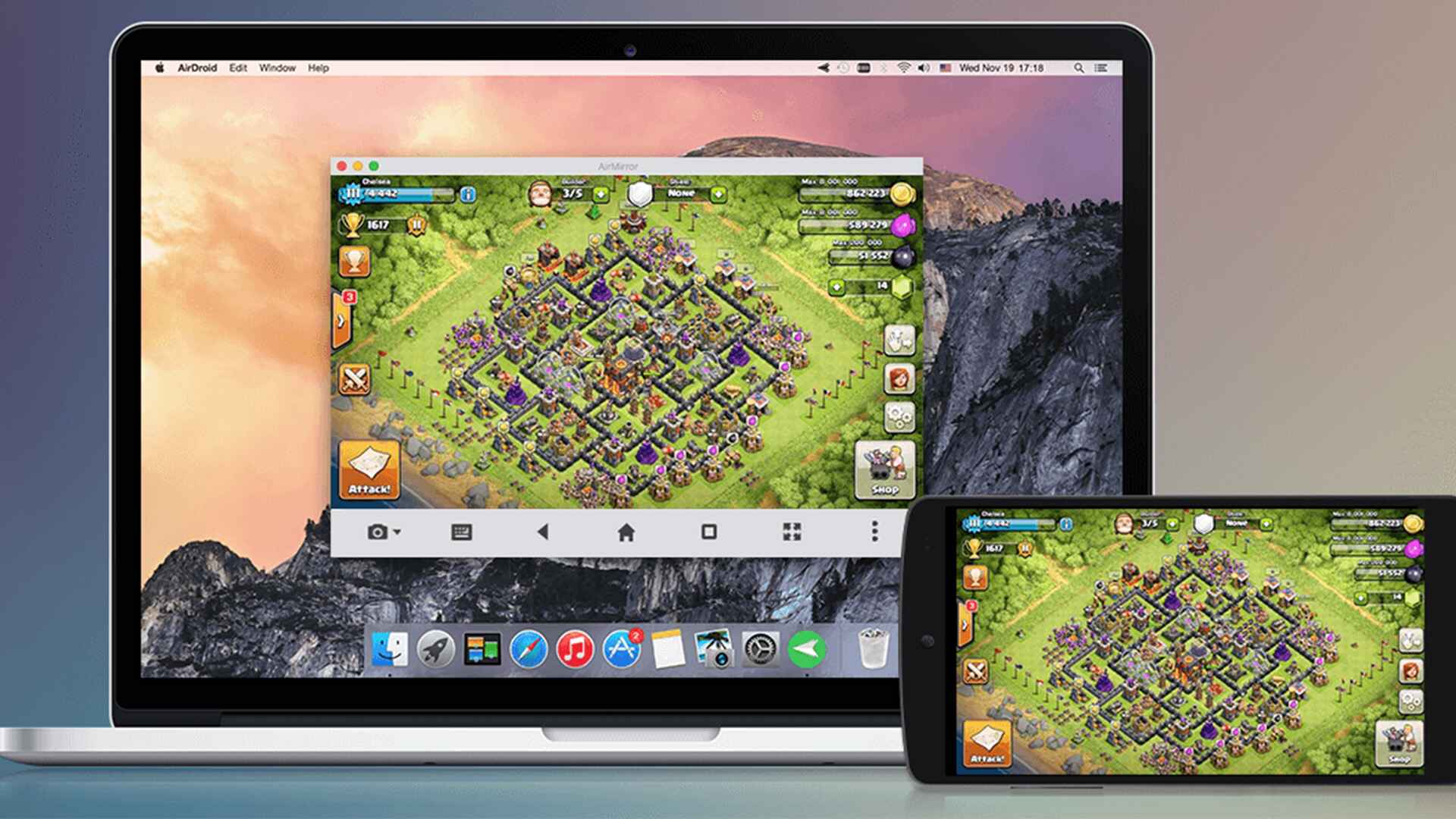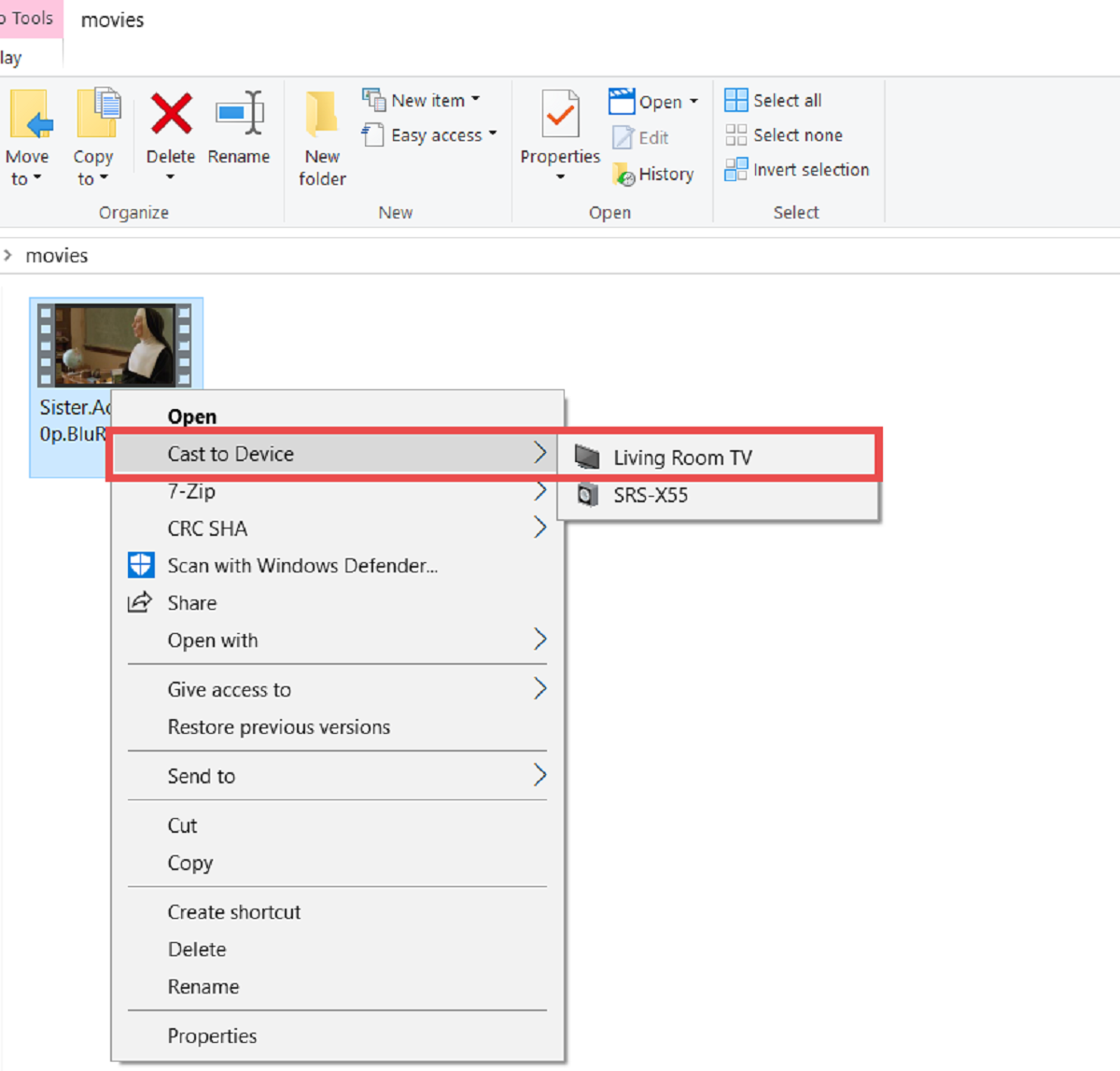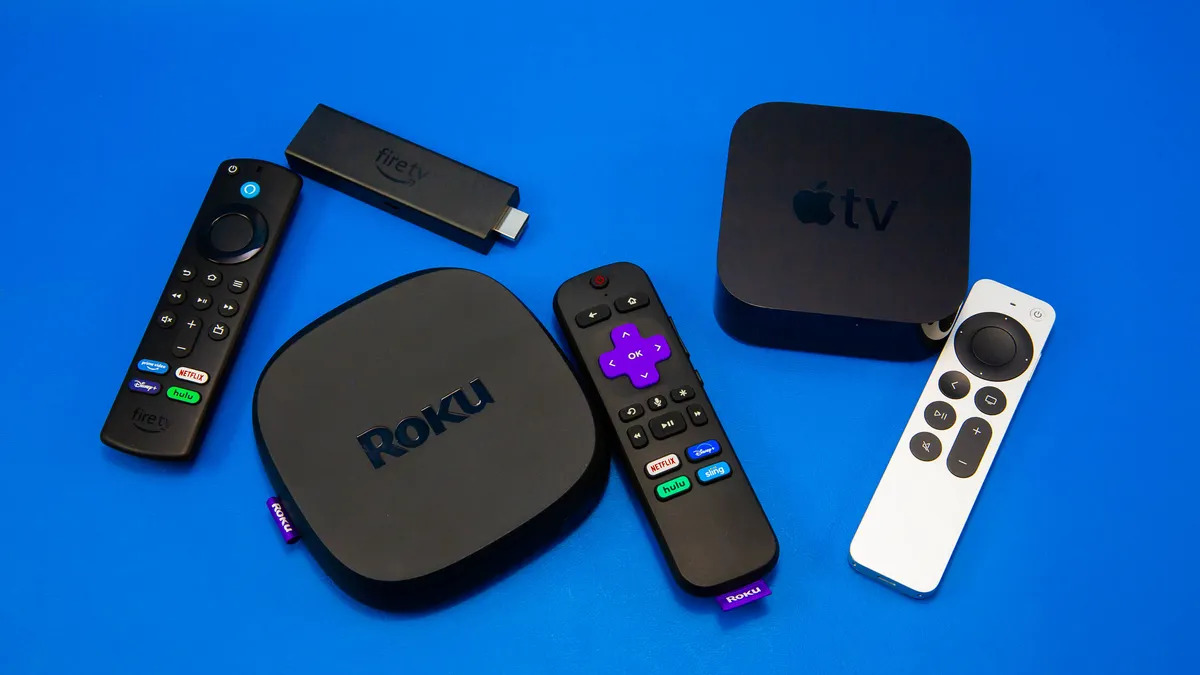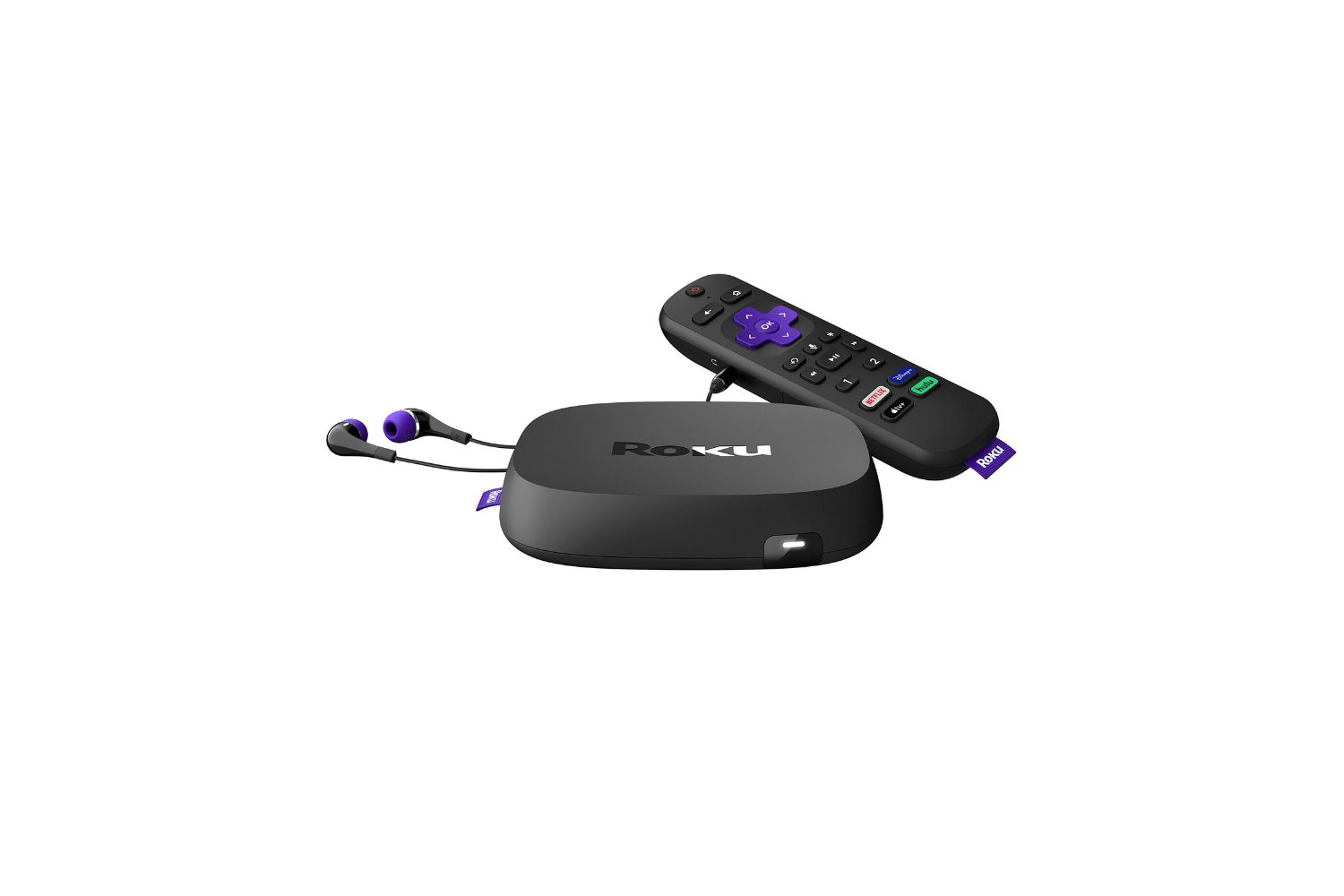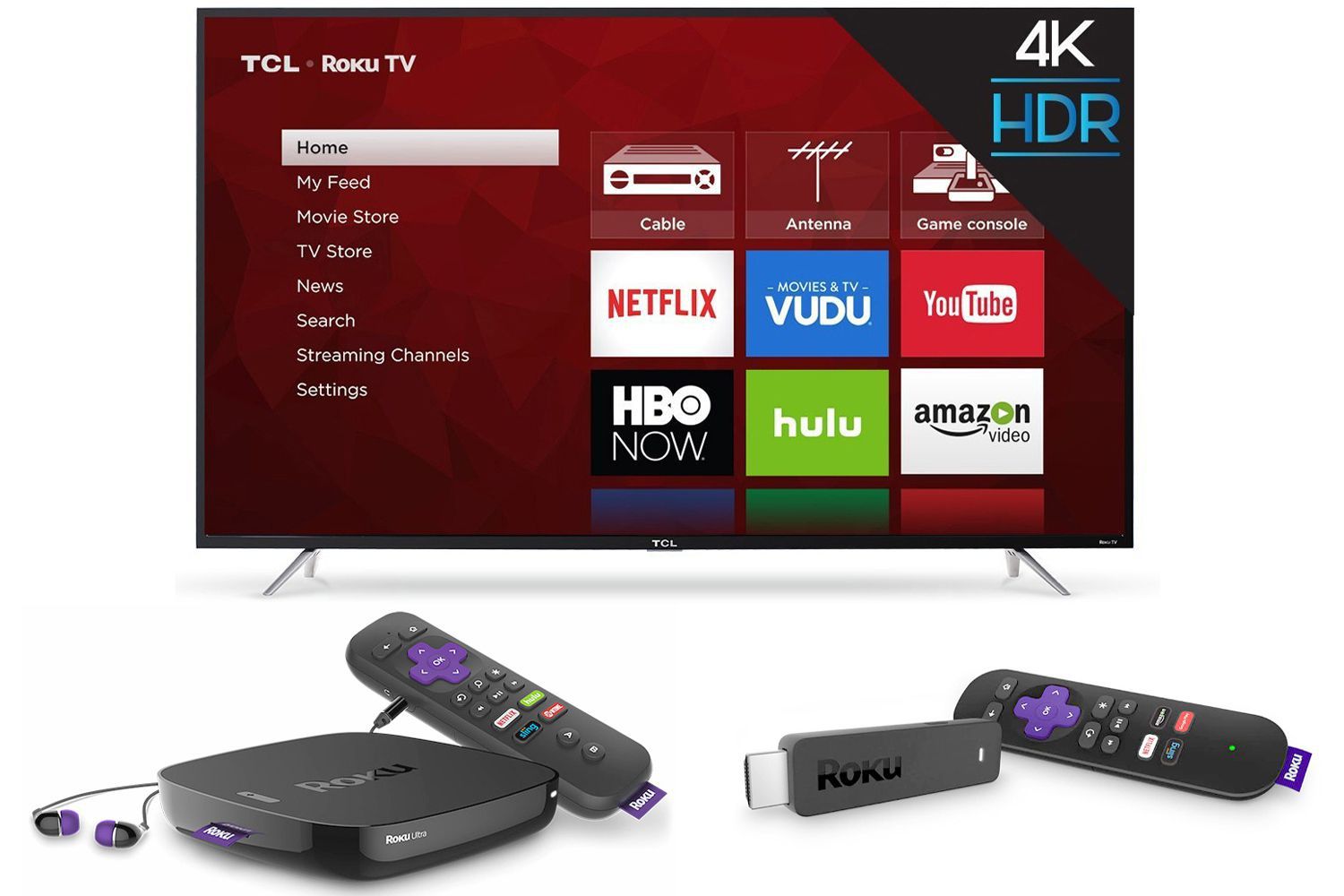Why Cast PC to Roku?
With the rise of streaming services and the growing popularity of multimedia content, casting your PC to Roku can provide a convenient and immersive viewing experience. Whether you want to watch movies, stream videos, or present a slideshow, casting your PC’s screen to Roku opens up a whole new world of entertainment possibilities. Here are a few reasons why you might want to cast your PC to Roku:
- Large Screen Display: While laptops and desktop monitors are great for personal use, sometimes you want to enjoy your content on a bigger screen. By casting your PC to Roku, you can take advantage of your television’s larger display, allowing you to fully immerse yourself in your favorite movies and shows.
- Better Sound Quality: Many Roku devices come with built-in Dolby technology and support for surround sound, providing a superior audio experience compared to most PCs. By casting your PC to a Roku device, you can enjoy crisp and immersive sound alongside stunning visuals.
- Ease of Use: Roku devices offer a user-friendly interface that makes streaming content a breeze. By casting your PC to Roku, you can leverage the intuitive Roku interface and easily navigate through your favorite streaming apps or browse the web without having to switch between multiple devices.
- Compatibility: Whether you have a Windows PC or a macOS laptop, casting to Roku is typically supported across different operating systems. This means that regardless of the device you own, you can seamlessly connect and cast your PC to Roku without any compatibility issues.
- Expanded Content Options: While Roku offers a vast library of streaming apps, casting your PC to Roku expands your content options even further. You can access websites, media players, and other PC-specific applications that may not be available directly on the Roku platform, giving you the flexibility to choose from a wider range of content sources.
By casting your PC to Roku, you can elevate your viewing experience, enabling you to enjoy your favorite content on a larger screen with enhanced audio quality. The convenience and versatility of casting make it a valuable feature that allows you to seamlessly integrate your PC with your Roku device. Whether you’re hosting a movie night with friends or simply want to immerse yourself in the latest episode of your favorite TV show, casting your PC to Roku opens up a world of entertainment possibilities.
What You Will Need
Before you can start casting your PC to Roku, there are a few things you’ll need to ensure a smooth and successful setup. Here’s what you’ll need:
- Roku Device: Obviously, you’ll need a Roku device to cast your PC’s screen. This can be a Roku streaming stick, Roku TV, or any other Roku device that supports screen mirroring. Make sure your Roku device is connected to your TV and connected to the same Wi-Fi network as your PC.
- PC with Wi-Fi Capability: Your PC should have built-in Wi-Fi capability or a Wi-Fi adapter to connect to the same network as your Roku device. This ensures a stable connection and enables seamless screen mirroring.
- Roku Remote and PC Keyboard/Mouse: While the Roku remote is not directly required for the casting process, it can come in handy for navigating through the Roku interface on your TV. Additionally, having a keyboard and mouse connected to your PC makes it easier to control and interact with your PC’s screen when it’s being cast to Roku.
- Compatible Operating System: Depending on the model and software version of your Roku device, the compatibility requirements for casting can vary. Generally, Windows 8 or later, and macOS 10.9 or later are compatible operating systems for casting to Roku. Ensure that your PC meets the necessary requirements for casting to Roku.
- Stable Internet Connection: To minimize buffering and ensure smooth playback, a stable and reliable internet connection is crucial. Both your PC and Roku device should have a strong Wi-Fi signal and be connected to the same network.
- Updated Roku Software: It’s recommended to keep your Roku device’s software up to date. Ensure that your Roku device is running the latest firmware version to access all the features and optimizations required for successful screen mirroring.
By having the necessary equipment and meeting the requirements mentioned above, you’ll be well-prepared to cast your PC to Roku. With a compatible PC and a functioning Roku device, you’ll be able to enjoy the benefits of screen mirroring and experience your PC’s content on a larger screen without any hassle. Take the time to gather everything you need before proceeding to the next steps.
Step 1: Connect Your Roku and PC to the Same Network
Before you can start casting your PC’s screen to Roku, it’s crucial to ensure that both your Roku device and your PC are connected to the same Wi-Fi network. This step is essential for establishing a stable connection between the two devices. Here’s how to connect your Roku and PC to the same network:
- Set Up Your Roku Device: If you haven’t done so already, make sure your Roku device is properly set up and connected to your television. Follow the instructions provided with your Roku device to complete the initial setup process.
- Connect Your Roku to Wi-Fi: Using your Roku remote, navigate to the “Settings” menu on your Roku device. Select “Network” and choose “Wireless” to connect to your Wi-Fi network. Enter the necessary credentials, such as the network name and password, to establish the connection.
- Ensure Your PC is Connected to Wi-Fi: On your PC, check that it is connected to the same Wi-Fi network as your Roku device. Open the network settings on your PC and select the appropriate network name. Enter the Wi-Fi password if required. Establishing a stable connection between your PC and the Wi-Fi network is crucial for successful screen mirroring.
- Verify Network Connectivity: Once both your Roku device and PC are connected to the same network, verify the internet connectivity on both devices to ensure they can communicate with each other. Open a web browser on your PC and confirm that you can access websites without any issues.
- Test Connection Between Roku and PC: To ensure that your Roku device and PC can communicate effectively, you can ping the Roku device from your PC. Open the command prompt on your PC and type “ping [Roku IP Address]” without the quotes. Replace “[Roku IP Address]” with the IP address of your Roku device. If you receive a successful response, it indicates that your PC can establish a connection with the Roku device.
Connecting your Roku device and PC to the same network establishes the foundation for successful screen mirroring. Once they are connected to the same Wi-Fi network, you can proceed to the next step, which involves enabling screen mirroring on your Roku device.
Step 2: Enable Screen Mirroring on Your Roku
To cast your PC’s screen to your Roku device, you need to enable the screen mirroring feature on your Roku. Here’s how you can do it:
- Power on your Roku: Ensure that your Roku device is powered on and connected to your television.
- Access the Roku Home Screen: Using your Roku remote, press the Home button to navigate to the Roku home screen.
- Go to Settings: From the Roku home screen, scroll down and select “Settings.”
- Select “System”: Within the Settings menu, locate and select “System.”
- Choose “Screen Mirroring”: Under the System settings, scroll down and select “Screen mirroring.”
- Enable Screen Mirroring: On the Screen Mirroring settings page, choose the option to enable screen mirroring. The name of the option may vary depending on your Roku device model.
- Make Note of the Roku Device Name: Take note of the Roku device name displayed on the screen. You will need this device name when connecting your PC to Roku.
By following the steps above, you will successfully enable the screen mirroring feature on your Roku device. This allows your PC to establish a connection with your Roku and cast its screen. With screen mirroring enabled, you can now proceed to the next step, which involves projecting your PC’s screen to Roku.
Step 3: Project Your PC’s Screen to Roku
Now that you have enabled screen mirroring on your Roku device, it’s time to project your PC’s screen to Roku. Follow the steps below to complete this process:
- Open the Action Center: On your PC, click on the Action Center icon located in the bottom-right corner of the taskbar. You can also press the Windows key + A to open the Action Center.
- Select “Connect”: In the Action Center, click on the “Connect” option. This will open the Connect menu.
- Choose Your Roku Device: Inside the Connect menu, you will see a list of available devices to connect to. Look for your Roku device name that you noted down earlier and click on it.
- Connect to Roku: After selecting your Roku device, your PC will attempt to establish a connection with the Roku device. Wait until the connection is successfully established.
- Confirm Connection on Roku: Once the connection is established, you will see a prompt on your Roku device asking for confirmation to allow the screen mirroring from your PC. Use your Roku remote to select “Allow” and confirm the connection.
- Start Screen Mirroring: After confirming on your Roku device, your PC’s screen should now be mirrored and displayed on your Roku-connected television. You can now navigate and control your PC’s screen using your PC’s keyboard and mouse.
By following these steps, you will successfully project your PC’s screen to your Roku device using the screen mirroring feature. You can now enjoy your favorite content, browse the web, or give presentations on a larger screen with the convenience of casting your PC to Roku. Once you have successfully projected your PC’s screen, you may need to adjust the display settings to ensure optimal viewing experience, as explained in the next step.
Step 4: Adjust Display Settings if Needed
After projecting your PC’s screen to Roku, you may need to adjust the display settings to ensure the best viewing experience. Here are some options you can consider:
- Resolution: Depending on your PC’s capabilities and your television’s resolution, you may want to adjust the screen resolution to match the optimal settings. To do this on a Windows PC, right-click on the desktop and select “Display Settings.” From there, you can adjust the resolution to the desired level. On a Mac, go to the Apple menu, select “System Preferences,” and navigate to “Displays” to adjust the resolution.
- Scaling: In some cases, the content on your PC’s screen may not fit properly on the television. You can adjust the scaling options to ensure that the entire screen is visible on the TV. This can typically be done in the display settings of your PC’s operating system.
- Orientation: If you prefer to have the screen orientation on your television match that of your PC’s screen, you can adjust the display orientation in the screen settings. This is particularly useful when presenting content or viewing documents that are optimized for a specific orientation.
- Audio Settings: While casting your PC to Roku, you may want to check the audio settings to ensure that the sound is being played through the proper output. You can adjust the audio output settings on your PC to direct the sound to your television or other audio devices connected to Roku.
- Aspect Ratio: If the content on your PC’s screen appears stretched or distorted on the television, you can adjust the aspect ratio settings to maintain the correct proportions. Most televisions allow you to choose from different aspect ratio options, such as 16:9 or 4:3, to match the content appropriately.
By adjusting the display settings according to your preferences and the capabilities of your PC and television, you can optimize the viewing experience when casting your PC to Roku. Take some time to experiment with different settings to achieve the best results and ensure that the content is displayed correctly on your television screen.
Step 5: Play Content on Your PC and Enjoy on Roku
Now that your PC’s screen is successfully cast to your Roku device, it’s time to play your desired content and enjoy it on the larger screen of your television. Here’s how you can do it:
- Select Content on Your PC: Open the desired app or content on your PC that you want to watch or stream on your television. It can be a movie, TV show, video, or any other type of multimedia content.
- Control Playback: Use your PC’s keyboard, mouse, or any connected input devices to control the playback of the content. You can pause, play, rewind, fast forward, or make any adjustments using the controls available on your PC.
- Enjoy Content on Your TV: As you control the playback on your PC, the content will be mirrored and displayed on your TV through your Roku device. Sit back, relax, and enjoy the immersive experience of watching your favorite content on the larger screen of your television.
- Adjust Volume and Audio Settings: Use your Roku remote or the audio controls on your PC to adjust the volume level and ensure optimal audio experience. You can increase or decrease the volume as per your preference to match the surroundings and achieve the desired sound quality.
- Navigate and Interact: While the content is playing, you can continue to navigate and interact with your PC as needed. This allows you to multitask or make adjustments without interrupting the content playing on your television.
By following these steps, you can seamlessly play your desired content on your PC and enjoy it on the larger screen of your television through Roku. Whether it’s streaming movies, watching videos, giving presentations, or simply browsing the web, casting your PC to Roku enables you to have a more immersive and enjoyable viewing experience.
Keep in mind that the casting process may slightly vary depending on the specific model and software version of your Roku device, as well as the operating system of your PC. Therefore, it’s always a good idea to consult the user manuals or online documentation for your respective devices for more detailed instructions if needed.
Troubleshooting Tips
While casting your PC to Roku can provide a seamless experience, you may encounter some common issues. Here are some troubleshooting tips to help you resolve them:
- Ensure Wi-Fi Connectivity: Double-check that both your PC and Roku device are connected to the same Wi-Fi network. A stable and reliable network connection is crucial for successful screen mirroring.
- Restart Devices: If you’re experiencing connectivity or performance issues, try restarting both your PC and Roku device. Sometimes, a simple reboot can resolve temporary glitches or conflicts.
- Check Software Updates: Ensure that both your PC’s operating system and your Roku device’s firmware are up to date. Updates often contain bug fixes and optimizations that can improve compatibility and performance.
- Disable VPN or Proxy: If you have a VPN or proxy enabled on your PC, consider disabling them temporarily. Some VPNs or proxies may interfere with the screen mirroring connection.
- Adjust Firewall Settings: In some cases, your PC’s firewall settings might be blocking the screen mirroring connection. Temporarily disable your firewall or add an exception for the necessary ports and protocols used for screen mirroring.
- Move Closer to Wi-Fi Router: If you’re experiencing a weak Wi-Fi signal, try moving your PC and Roku device closer to your Wi-Fi router. A stronger signal can help maintain a stable connection.
- Reset Network Settings: If you’re still encountering issues, you can try resetting the network settings on both your PC and Roku device. This will clear any network-related settings and give you a fresh start.
- Verify Compatibility: Ensure that your PC and Roku device meet the necessary compatibility requirements for screen mirroring. Check the documentation or support resources for your specific devices to confirm compatibility.
- Review User Manuals and Support: If none of the above tips solve the issue, consult the user manuals and support resources provided by the manufacturers of your PC and Roku device. They may have specific troubleshooting steps or further assistance available.
By following these troubleshooting tips, you can often resolve common issues that may arise during the casting process. Remember, every situation can be unique, so feel free to explore other resources or contact customer support if you need further assistance.
Conclusion
Casting your PC to Roku opens up a world of possibilities for enjoying your favorite content on a larger screen with enhanced audio quality. By following the step-by-step guide outlined above, you can easily connect your PC to your Roku device and enjoy a seamless casting experience.
From the convenience of screen mirroring to the expanded content options and better sound quality, there are numerous benefits to casting your PC to Roku. Whether you want to watch movies, stream videos, give presentations, or browse the web, casting allows you to do so on a larger screen with the support of a user-friendly interface.
Remember to ensure that your Roku device and PC are connected to the same Wi-Fi network, and don’t forget to enable the screen mirroring feature on your Roku. With these foundations in place, you can easily project your PC’s screen to your Roku device and enjoy your favorite content on your television screen.
If you encounter any issues during the process, refer to the troubleshooting tips provided to help resolve common problems. Always double-check compatibility, update firmware and software, and verify network connections to ensure a smooth casting experience.
Casting your PC to Roku is a fantastic way to enhance your entertainment and viewing experience. Take advantage of the large screen display, superior sound quality, and ease of use that casting offers. Whether you’re enjoying a movie night with friends or presenting a slideshow, casting your PC to Roku allows you to bring your content to life on the big screen.
So, grab your PC, fire up your Roku, and start casting. Sit back, relax, and immerse yourself in the entertainment that awaits you!







